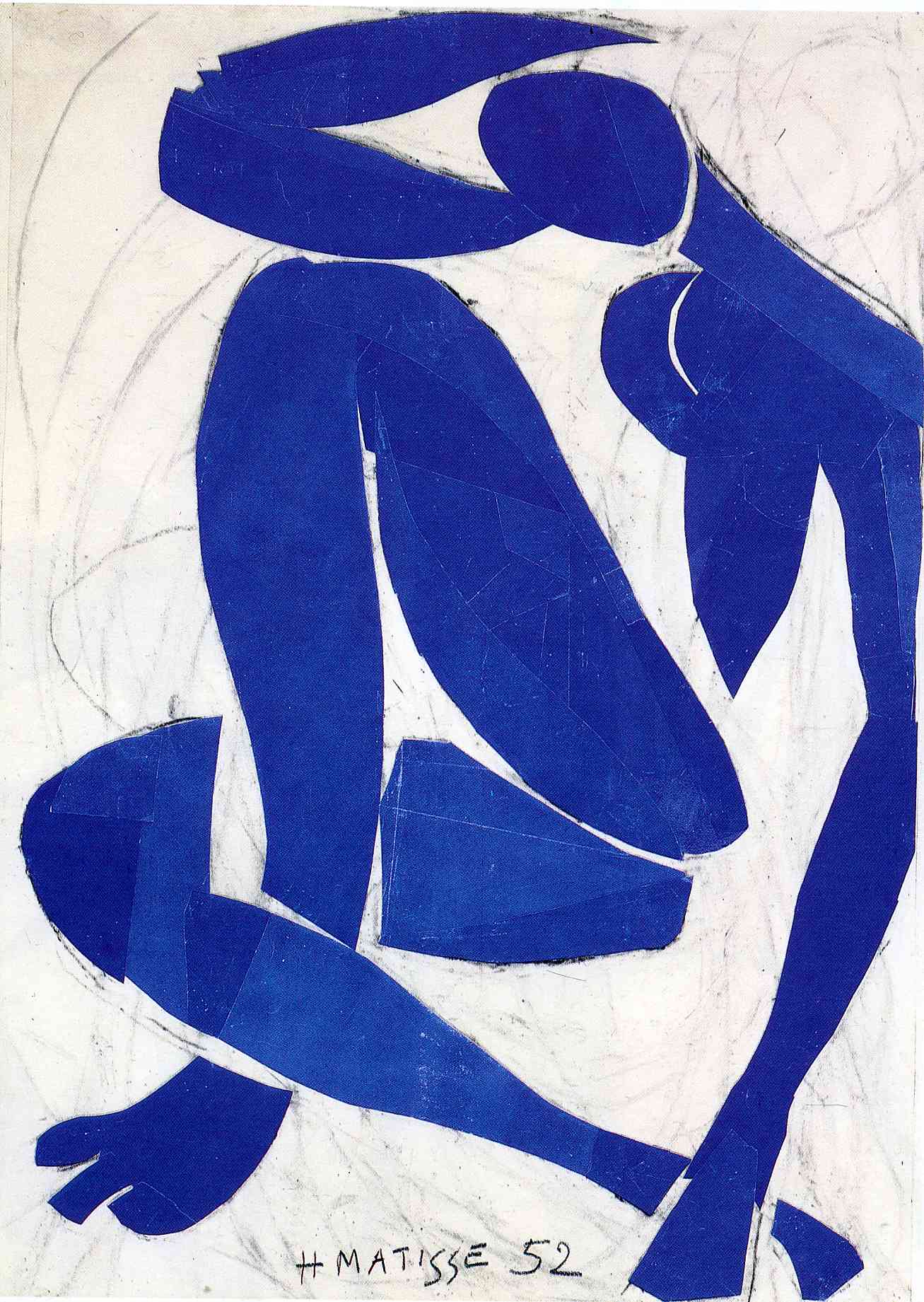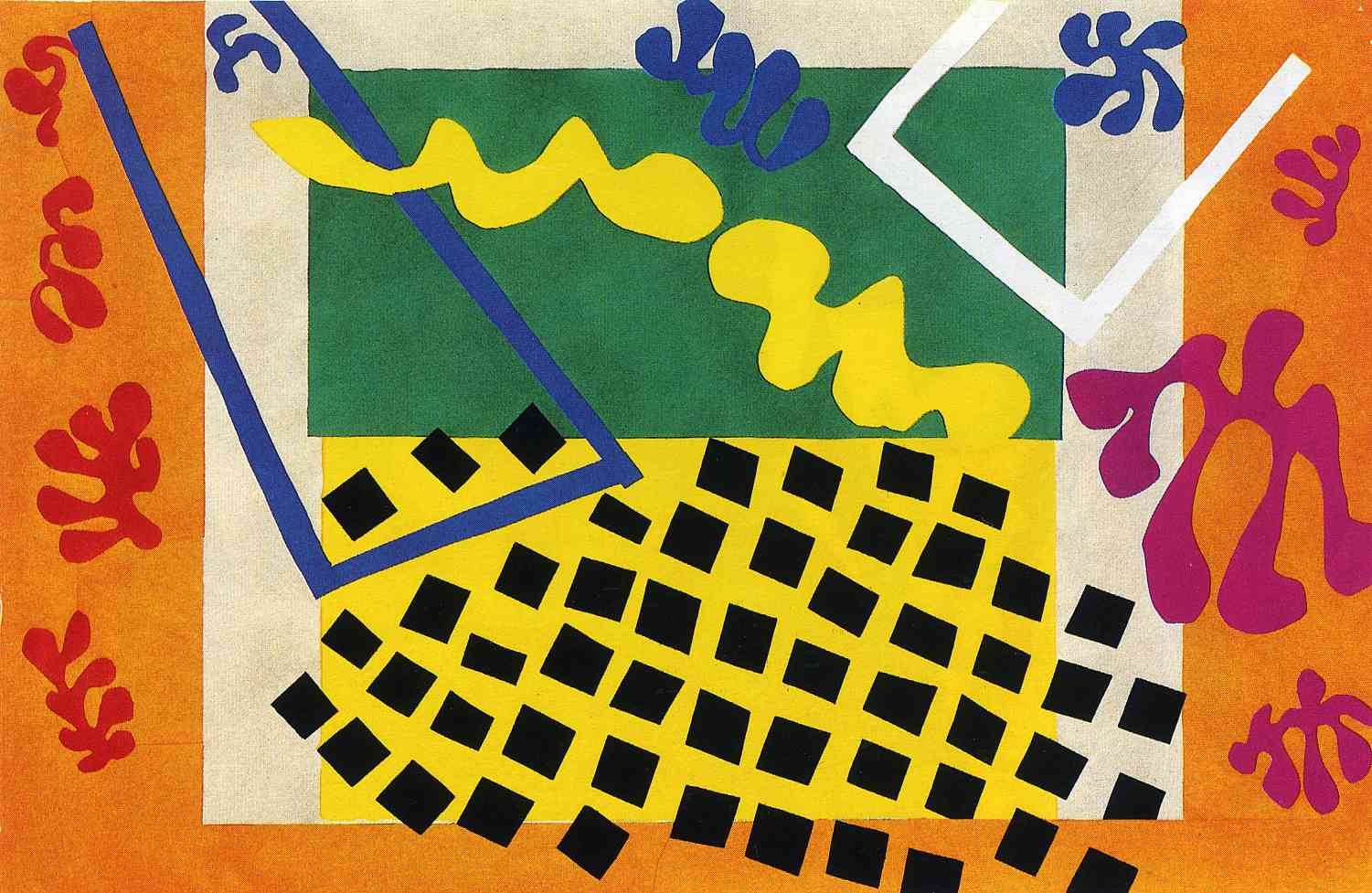 |
| Southbank, London |
When ill health in his sixties started to prevent Matisse from painting, he invented a new medium to create his art, paper cutting. He had used paper cut-outs previously, before painting he would experiment with the composition if his piece by pining and rearranging paper on a canvas, but later the paper cut-outs became the actual artwork and not just a practice.
The exhibition itself is well laid out, it's done chronologically so you can easily see how his technique developed over time. I expected it to be a lot busier than it was, when we saw the pre-Raphaelite exhibition it was so crowded we could barely get close to paintings, but we didn't have any difficulty at Matisse. Perhaps, it's because we went on a week day, Friday at 1:30. The Cut-Outs is only running until 7th September, so you'll have to get in there quick if you want to go.
Unfortunately their no photos allowed in the exhibit (though I did notice some people taking some stealth shots), so none of these Matisse pictures are mine..
 |
| Blue nude (pencil marks clearly visible) picture source |
I definitely came away with a greater appreciation for Matisse. Seeing the cut-outs in the real meant I could see how the paper had been layered. Also, I'm pretty sure one of the blue nudes has a tyre track on it from Matisse's wheelchair. Part of me thought that he should have been more carefully with his cutting out, it's easy to see where parts have been chopped of and then stuck back on, there are pencil marks all over some of the pieces and the edges of most of the works are rough, but I suppose this must have been intentional. In art speak, you'd properly call the cut-outs 'raw' and 'honest', there is no covering of mistakes and the indecision and creative process is visible.
 |
| Blue Nude I think that a wheelchair track mark towards the lefthand side, going through the arm and leg. picture source |
 |
| The Codomas |
I did get bored of all the lagoon pieces. I get that they were important to Matisse as he was able to create an outside environment within his studio when his own mobility was restricted, but personally there was too many of them at it got repetitive. Also I really don't understand the fuss about The Snail, to me it's just crap.
 |
| The Parakeet and the Mermaid (see if you didn't know the title, you'd overlook that blue smudge to the left as a parakeet) |
 |
| The Snail picture source |

No comments:
Post a Comment